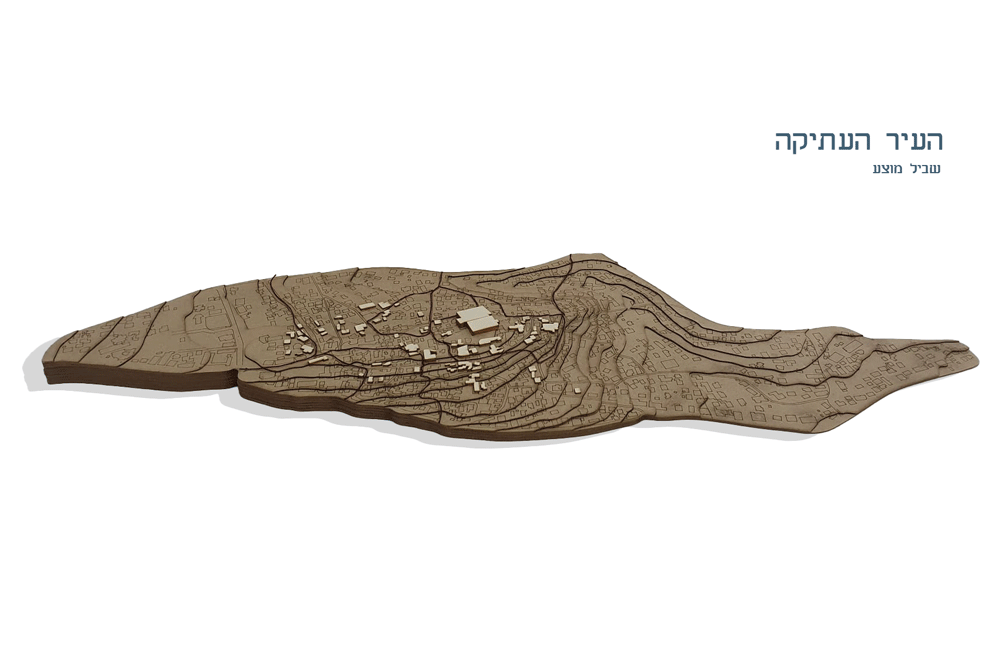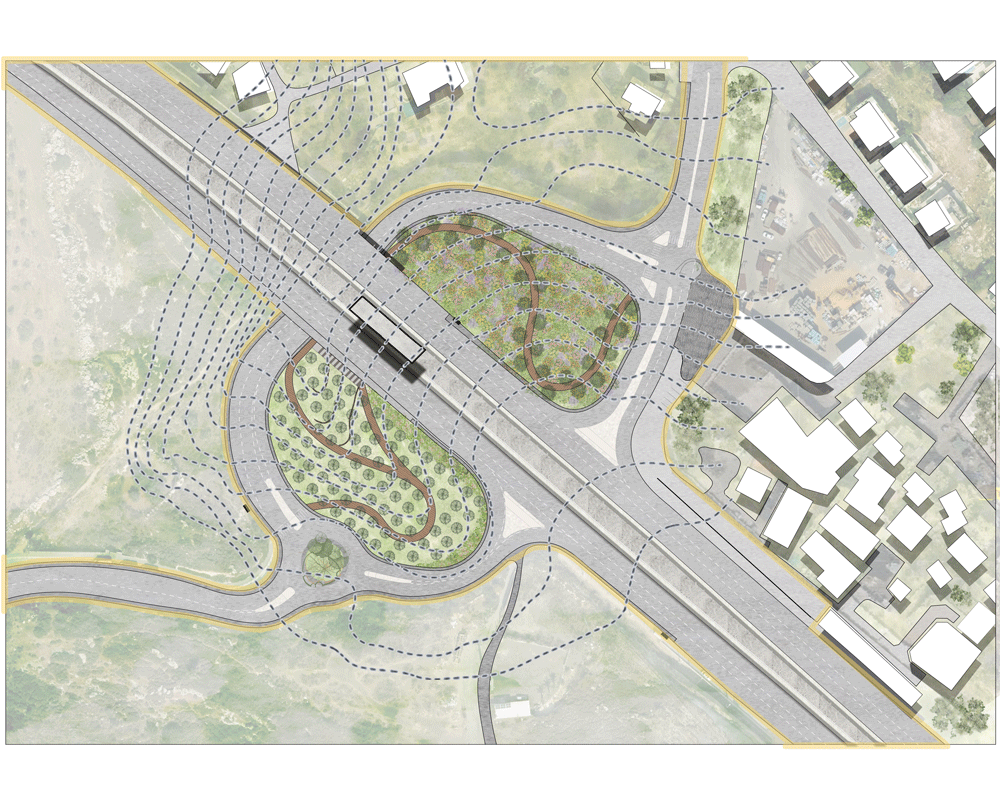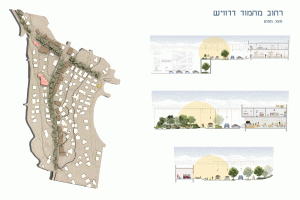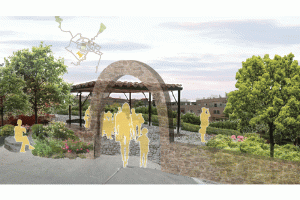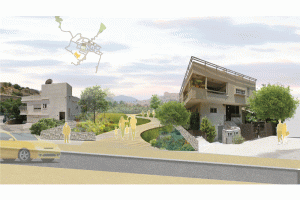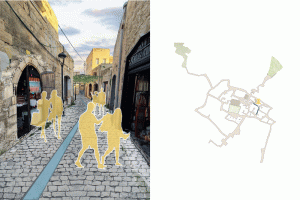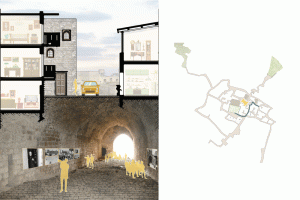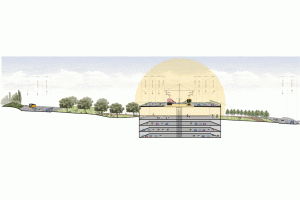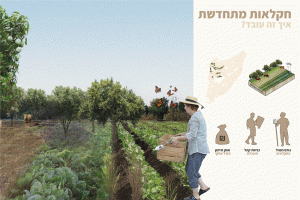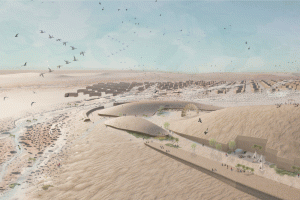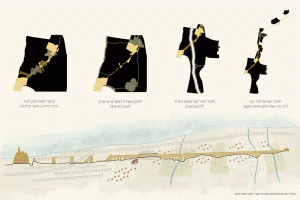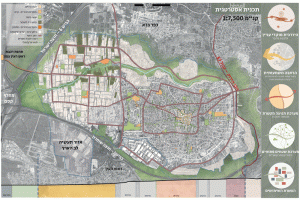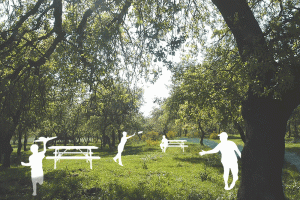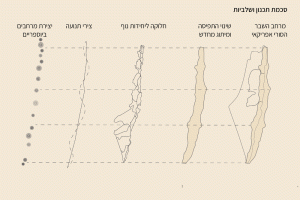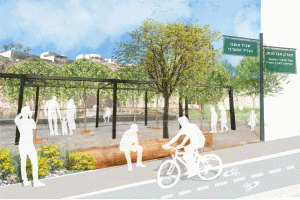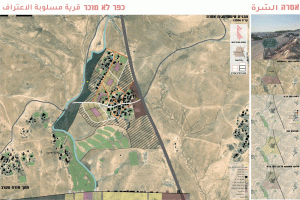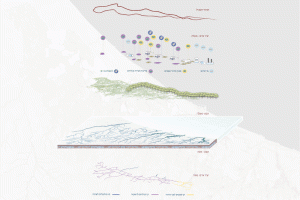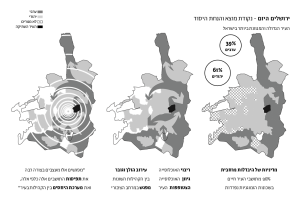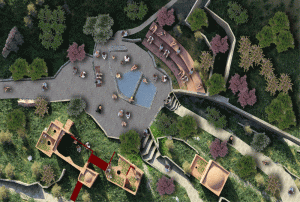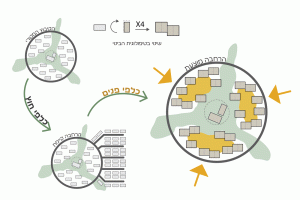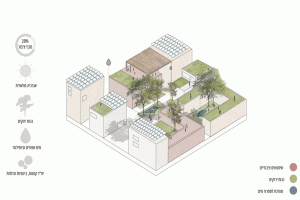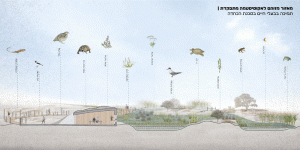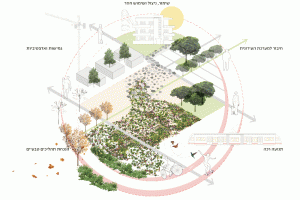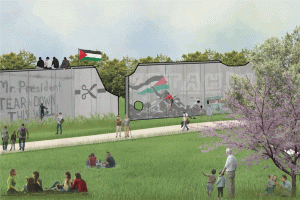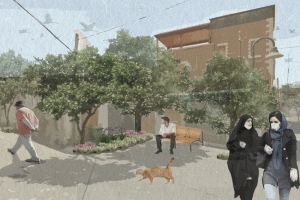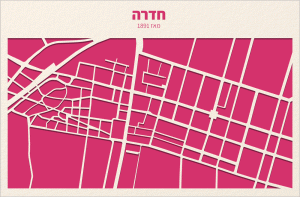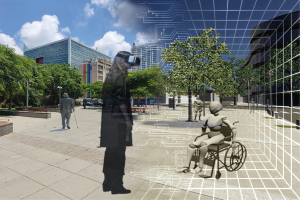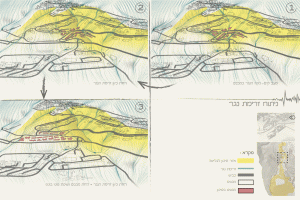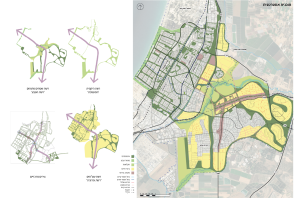The city’s layers
Shef-Amr is a historic city located along a central axis that has connected Acre and Tiberias for over a thousand years. This ancient passageway has become the city’s main road, reflecting its strategic importance. Over time, the city’s location and economic growth have made it a hub for diverse religious groups—Muslims, Christians, Jews, and Druze—each of whom has left a lasting historical imprint. Shef-Amr is also home to significant archaeological sites, including the Al-Dahr Omar citadel (built in 1768) and Byzantine tombs. Despite this rich heritage, the city’s layers of history and the residents’ sense of attachment to their surroundings are not prominent. This is largely due to the focus on development, renewal, and intensive construction at the expense of historical preservation.
This project proposes a strategic plan for Shef-Amr that revitalizes its historical infrastructure while creating outdoor spaces that foster a sense of belonging and encourage interaction among residents. The focus is on an intervention along the historic road, which serves as a boundary between neighborhoods of different religious communities, transforming it into a vibrant public space that highlights the city’s historical layers and strengthens its ancient center. The road will be divided into segments, each representing a significant historical period—Ottoman, Mandatory, and contemporary—where the design and materials will reflect the character of each era.
The narrative of Shef-Amr’s history will be woven into the cityscape, beginning at the entrance, which is currently being upgraded, extending through Mahmoud Darvish Street—set to become a lively public thoroughfare that supports local businesses—and culminating at the historic heart of the old city. This area will be developed into a cultural, tourist, and leisure center, highlighting the city’s rich heritage and ensuring its preservation alongside modern development.





